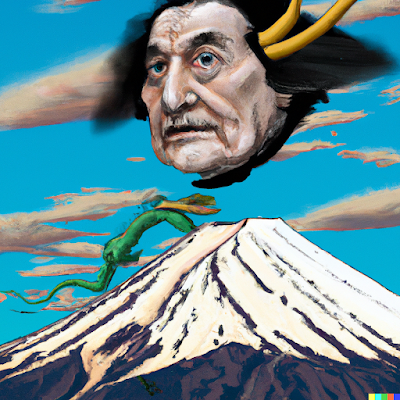Francisco de Goya was a Spanish painter and printmaker of the late 18th and early 19th centuries. He is widely considered as one of the most important artists in Spanish history and his works continue to influence many modern artists. However, despite his incredible talent and contributions to the world of art, Goya faced many difficulties in finding a stable and established job.
Goya began his artistic career as an apprentice to a local artist in Zaragoza, Spain. He then moved to Madrid, where he worked for the Royal Tapestry Factory, creating designs for tapestries. Although Goya was able to earn a steady income in this job, he found it unfulfilling and yearned to pursue his true passion: painting.
Despite his desire to become a painter, Goya struggled to make a name for himself in the art world. His early works were often ignored or dismissed by critics and art collectors, and he found it difficult to gain recognition for his talent. In addition to facing financial difficulties, Goya also encountered political obstacles, as his works often challenged the conservative values of the Spanish monarchy and the Catholic Church.
Despite these challenges, Goya persisted in his passion for art and continued to hone his skills. He experimented with different techniques and styles, and his later works demonstrate a mastery of painting and printmaking. In addition to his skill as an artist, Goya's works are also known for their themes of social commentary, political satire, and dark imagery.
Despite facing numerous challenges throughout his career, Goya eventually gained recognition as one of the greatest artists of his time. His works are now celebrated for their innovation and their influence on later artists. Although he struggled to find a stable and established job that matched his talents, Goya's dedication to his craft allowed him to overcome these obstacles and leave a lasting legacy in the world of art.






